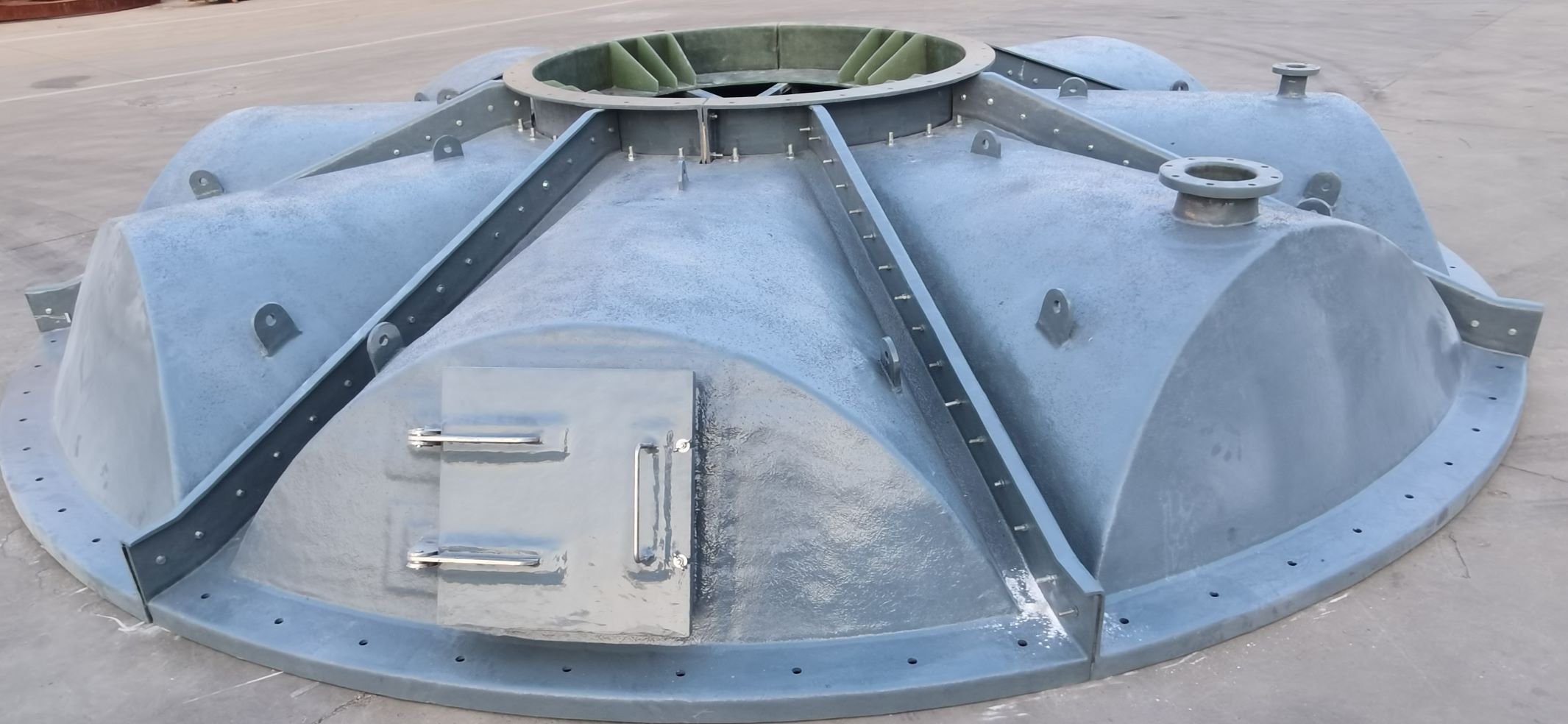
-
 Afrikaans
Afrikaans -
 Albanian
Albanian -
 Amharic
Amharic -
 Arabic
Arabic -
 Armenian
Armenian -
 Azerbaijani
Azerbaijani -
 Basque
Basque -
 Belarusian
Belarusian -
 Bengali
Bengali -
 Bosnian
Bosnian -
 Bulgarian
Bulgarian -
 Catalan
Catalan -
 Cebuano
Cebuano -
 China
China -
 China (Taiwan)
China (Taiwan) -
 Corsican
Corsican -
 Croatian
Croatian -
 Czech
Czech -
 Danish
Danish -
 Dutch
Dutch -
 English
English -
 Esperanto
Esperanto -
 Estonian
Estonian -
 Finnish
Finnish -
 French
French -
 Frisian
Frisian -
 Galician
Galician -
 Georgian
Georgian -
 German
German -
 Greek
Greek -
 Gujarati
Gujarati -
 Haitian Creole
Haitian Creole -
 hausa
hausa -
 hawaiian
hawaiian -
 Hebrew
Hebrew -
 Hindi
Hindi -
 Miao
Miao -
 Hungarian
Hungarian -
 Icelandic
Icelandic -
 igbo
igbo -
 Indonesian
Indonesian -
 irish
irish -
 Italian
Italian -
 Japanese
Japanese -
 Javanese
Javanese -
 Kannada
Kannada -
 kazakh
kazakh -
 Khmer
Khmer -
 Rwandese
Rwandese -
 Korean
Korean -
 Kurdish
Kurdish -
 Kyrgyz
Kyrgyz -
 Lao
Lao -
 Latin
Latin -
 Latvian
Latvian -
 Lithuanian
Lithuanian -
 Luxembourgish
Luxembourgish -
 Macedonian
Macedonian -
 Malgashi
Malgashi -
 Malay
Malay -
 Malayalam
Malayalam -
 Maltese
Maltese -
 Maori
Maori -
 Marathi
Marathi -
 Mongolian
Mongolian -
 Myanmar
Myanmar -
 Nepali
Nepali -
 Norwegian
Norwegian -
 Norwegian
Norwegian -
 Occitan
Occitan -
 Pashto
Pashto -
 Persian
Persian -
 Polish
Polish -
 Portuguese
Portuguese -
 Punjabi
Punjabi -
 Romanian
Romanian -
 Russian
Russian -
 Samoan
Samoan -
 Scottish Gaelic
Scottish Gaelic -
 Serbian
Serbian -
 Sesotho
Sesotho -
 Shona
Shona -
 Sindhi
Sindhi -
 Sinhala
Sinhala -
 Slovak
Slovak -
 Slovenian
Slovenian -
 Somali
Somali -
 Spanish
Spanish -
 Sundanese
Sundanese -
 Swahili
Swahili -
 Swedish
Swedish -
 Tagalog
Tagalog -
 Tajik
Tajik -
 Tamil
Tamil -
 Tatar
Tatar -
 Telugu
Telugu -
 Thai
Thai -
 Turkish
Turkish -
 Turkmen
Turkmen -
 Ukrainian
Ukrainian -
 Urdu
Urdu -
 Uighur
Uighur -
 Uzbek
Uzbek -
 Vietnamese
Vietnamese -
 Welsh
Welsh -
 Bantu
Bantu -
 Yiddish
Yiddish -
 Yoruba
Yoruba -
 Zulu
Zulu
grp fan
Understanding GRP Fan The Unsung Hero of Modern HVAC Systems
In the world of heating, ventilation, and air conditioning (HVAC), various components work in harmony to ensure a comfortable indoor environment. Among these components, the GRP fan, or Glass Reinforced Plastic fan, often goes unnoticed yet plays a pivotal role in optimizing efficiency and performance. This article delves into the characteristics, advantages, and applications of GRP fans, highlighting why they should not be underestimated in modern HVAC systems.
What is a GRP Fan?
A GRP fan is a type of industrial fan constructed primarily from glass-reinforced plastic. This composite material offers a unique combination of strength, lightweight characteristics, and resistance to corrosive environments. These fans are engineered to handle a wide range of airflow and pressure conditions, making them suitable for various industrial and commercial applications.
Advantages of GRP Fans
1. Corrosion Resistance One of the standout features of GRP fans is their exceptional resistance to corrosion. Traditional metal fans can rust and degrade over time, especially in environments exposed to moisture or chemicals. GRP fans, on the other hand, maintain their integrity and functionality over the long term, even in harsh conditions.
2. Lightweight Design The lightweight nature of GRP fans makes them easier to transport and install compared to their metal counterparts. This characteristic not only reduces installation costs but also simplifies maintenance procedures.
3. Energy Efficiency GRP fans are designed to provide optimal airflow with minimal energy consumption. Their aerodynamically efficient design allows for smoother air movement, which translates to lower operational costs over time.
grp fan

4. Low Maintenance Needs The robust nature of GRP fans means they require less frequent maintenance than traditional fans. Their resistance to corrosion and wear ensures that they can operate efficiently with minimal downtime, making them a cost-effective choice for long-term use.
5. Versatility GRP fans come in a variety of shapes and sizes, making them suitable for numerous applications, from exhaust systems in commercial kitchens to ventilation solutions in chemical processing plants. Their versatility makes them a preferred choice in a range of industries.
Applications of GRP Fans
GRP fans are employed in various sectors due to their adaptability and performance. In industrial settings, they are commonly used for fume extraction, ventilation of hazardous materials, and managing air quality in manufacturing environments. In commercial buildings, GRP fans facilitate effective climate control and maintain air quality by circulating fresh air and expelling stale air.
Additionally, GRP fans are also popular in the marine industry. Their resistance to saltwater corrosion makes them ideal for use in ships and offshore platforms, where traditional fans would fail due to the harsh environmental conditions.
Conclusion
While often overlooked, GRP fans are a critical component in modern HVAC systems. Their unique properties—corrosion resistance, lightweight construction, energy efficiency, low maintenance needs, and versatility—make them an invaluable asset across various industries. As the demand for reliable and efficient ventilation systems continues to grow, GRP fans are cementing their place as the unsung heroes of HVAC technology. Embracing the use of GRP fans not only enhances operational efficiency but also contributes to sustainable practices in industrial and commercial environments.









